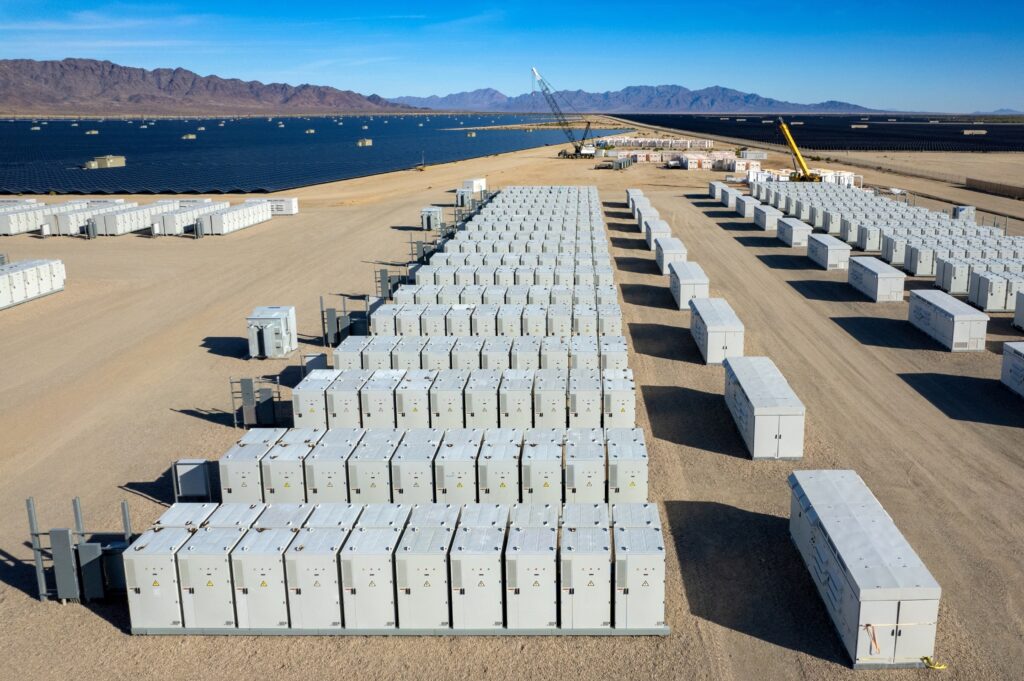Rustic Crust Closes $8 Million Round
(NOSH) / June 27, 2018 – Better-for-you pizza company Rustic Crust, Inc. today announced the close of an $8 million round of capital, its first raise in roughly eight years. Advantage Capital Agribusiness Partners (ACAP) provided the majority of the capital; Whipstitch Capital represented Rustic Crust in the deal.
Rustic Crust currently produces two lines: American Flatbread, — its primary sales driver — is a line of premium, frozen pizzas, while Rustic Crust, produces a line of pizza sauces, crusts and pizza kits. Both brands have continued to see growth and as a whole, the company’s sales last year were up 11 percent, CEO and founder Brad Sterl told NOSH. Although the company does not disclose sales, Sterl’s LinkedIn profile lists the company’s annualized revenue rate as $30M.
Sterl said that ACAP’s focus on rural businesses and “social mindedness” was a perfect fit for Rustic Crust, which is located in Pittsfield, N.H., and supports 150 local employees.
Sterl formed Rustic Crust in 1996 while he was operating a chain of pizza restaurants. In 2010 he started the American Flatbread line, licensing the name from a chain of separately run restaurants in New England that was also in retail with its own line of frozen pizzas.
The company hit a major challenge in 2014, when its factory burned to the ground — a setback Sterl learned of while he was at Natural Products Expo West.
Within 30 days, however, Sterl had temporary lines for American Flatbread up and running, and by year’s end the factory was rebuilt. While the American Flatbread business was able to bounce back quickly, the Rustic Crust products required custom machines that took 26 weeks to produce and ship. Although the company still saw year-over-year growth that year, Sterl said, it didn’t hit the 60 to 70 percent growth that had been expected. Since then, the company has worked to regain its momentum.
ACAP principle Keith Freeman said he believes that this influx of capital will help the company accelerate growth.
“Before the fire, Rustic Crust was performing very, very well, and since then, they’ve just had one hand behind their back in terms of having the capital at their disposal to be able to promote their product,” Freeman said. “Now, they’ll have more money to really help them with efficiency levels and operations, as well as with promotional spend and innovation… We’re excited to be that additional source of growth for them.”
The capital will primarily go towards this marketing and sales growth, Sterl said. He plans to bring on a new CFO and additional sales resources as well as team members to support scaling production.
While the brands have a strong following among customers who discover them, Sterl said, he believes there’s more growth to be had from consumers who would be open to a better-for-you pizza but don’t know that such an option exists.
American Flatbread caters to shoppers looking for premium products both through its use of organic and local ingredients as well as with its unique baking process. Unlike other frozen pizza companies, American Flatbread bakes its pizzas with toppings before freezing them. In order to evoke the taste of a restaurant-caliber pizza, the company also ages its dough, utilizes some hand stretching and hand topping, and uses a wood fired oven. The resulting product, Freeman said, caters to millennials who want convenient options that are less expensive than takeout, but at the same quality level.
Both Sterl and Freeman recognize that the frozen aisle, and the pizza set in particular, are driven by large players with the ability to invest heavily in marketing. However, Sterl noted, while much has been reported in recent months about the turnaround in sales growth that frozen has seen, he believes that growth has come from consumers flocking to premium products — just like American Flatbread.
“A lot of the big companies are waking up and realizing they have to step the game up and they have to start making better frozen products,” Sterl said. “Frozen food in general got a bad name because there was so much junk on the market, but frozen foods don’t need to be thought of as junk food or not good for you.”

